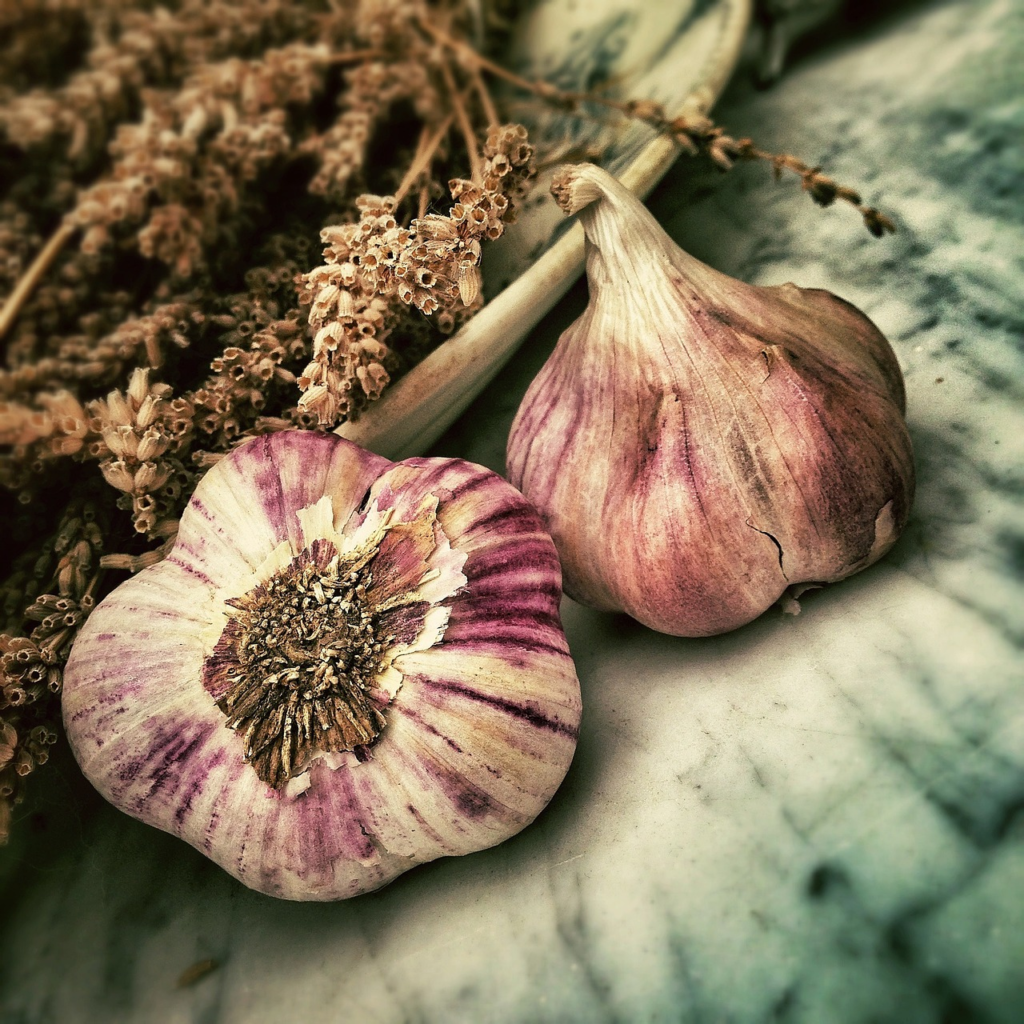
Spices have played a pivotal role in global trade for centuries, dating back to the ancient Silk Road and maritime trade routes. Today, the trading of spices remains a billion-dollar industry, with Asia being the largest producer and exporter. Countries such as India, Pakistan, Sri Lanka, Vietnam, and Indonesia supply the world with premium-quality spices, creating lucrative business opportunities for traders worldwide.
India stands as the world’s largest producer and exporter of spices, offering turmeric, black pepper, cumin, cardamom, coriander, and chili, among others. The country contributes over 75% of the world’s spice production. Pakistan, recognized for its superior-quality red chilies, coriander, fennel, and turmeric, is emerging as a key player in the global spice market. Sri Lanka is renowned for its premium-grade Ceylon cinnamon and black pepper, while Vietnam dominates the black pepper industry, accounting for nearly 40% of global exports. Indonesia plays a crucial role in the global spice trade with its production of nutmeg, cloves, and vanilla.
The demand for spices continues to rise due to increasing consumer preference for natural flavors, organic products, and traditional remedies. Entrepreneurs and investors can explore multiple avenues within the spice trading industry, including import-export operations, wholesale distribution, e-commerce, retail sales, spice processing, and private labeling. Establishing a spice export business from Asia to regions such as North America, Europe, and the Middle East presents significant profit potential. Bulk purchasing from Asian suppliers for distribution to restaurants, supermarkets, and food manufacturers can yield high margins. Online platforms provide an opportunity to sell premium and organic spices directly to consumers worldwide. Value addition through grinding, blending, and packaging enhances profitability by catering to niche markets, while private labeling enables businesses to tap into the organic and gourmet spice segment.
The Foreign Food and Merchandise Commerce industry offers lucrative profit margins, particularly for those dealing in high-demand and organic spices. Raw spice trading, involving bulk purchases from Asian markets for export, can yield margins of 20% to 50% depending on market conditions and logistics. Processed and packaged spices, including spice blends and organic variants, offer higher profit margins, ranging from 50% to 150%. While wholesalers typically achieve per-unit profits between 10% and 30%, retailers can secure higher margins of 50% to 200% by selling directly to consumers.
Quality control and certification are critical in ensuring compliance with international food safety standards such as ISO, HACCP, and USDA Organic. Efficient supply chain management is essential for maintaining product freshness and minimizing losses. Market competition necessitates differentiation through premium quality, organic certification, and unique blends. Navigating regulatory barriers requires a comprehensive understanding of import-export laws in target markets to ensure seamless trade operations.

Spice trading from Asia presents substantial growth opportunities for businesses seeking to capitalize on the rising demand for premium and organic spices worldwide. With strategic sourcing, quality assurance, and market positioning, businesses can establish a strong presence in the industry. Whether through bulk exports, retail sales, or online distribution, entrepreneurs can build a sustainable and profitable enterprise. By leveraging Asia’s dominance in spice production, traders can facilitate continued global access to the world’s most sought-after flavors, securing a competitive advantage in this thriving sector.





